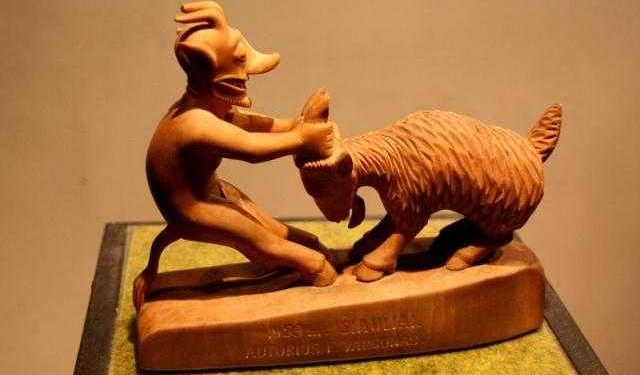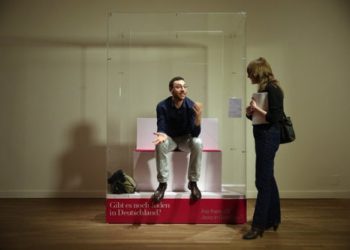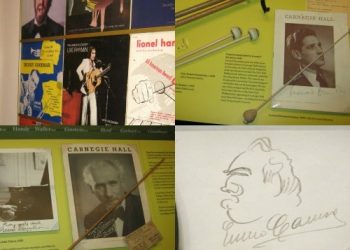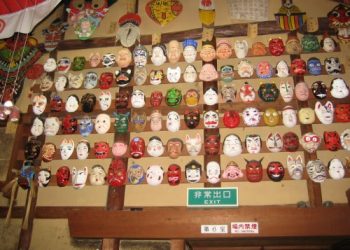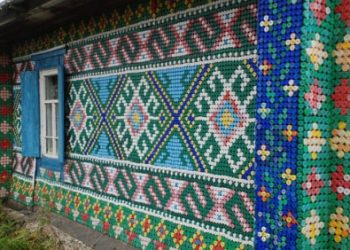If your conscience is represented by an Angel Museum on your right shoulder, then obviously the left holds the temptation of the Devil Museum. The Žmuidzinavičius Museum (I challenge you to a Lithuanian Spelling Bee) in an obscure part of Kaunas displays over 3,000 sculptures and carvings of devils from all over the world. The collection (and the crazy unpronounceable name) comes from the late artist Antanas Žmuidzinavičius, even though Soviet law prohibited owning any religious artifacts, especially anticommunist, nationalist folk art. He faced Siberian exile if his devils were discovered, and only Stalin’s death in 1953 saved his ass.
Started in 1966, his former home serves as a memorial to devils, witches, and other characters from various myths and folklore with most of the objects coming from visitor donations. Yes, any foreigner (even ones with children) can bring their own native devil art to add to the collection. That’s some museum policy! Anyway, the museum mostly focuses on former Soviet territories, everywhere from Armenia to the Sakha Republic. Man’s never-ending battle with the devil comes in many forms: wood, stone, silk, pottery and canvas. One famous piece ‘The Division of Lithuania’, features Hitler and Stalin as two fork-tailed devils, dancing on a pile of human skulls. It’s been on public view since 1990. It’s interesting to note that Lithuania was the last Pagan state in Europe; and devils, equal with all gods, are more human in nature than the Christian view of an evil Satan. That’s something to remember when viewing some of the more humourous devil depictions. But probably the best part of the museum is the well-stocked basement bar, which proves that the devil always wins!
